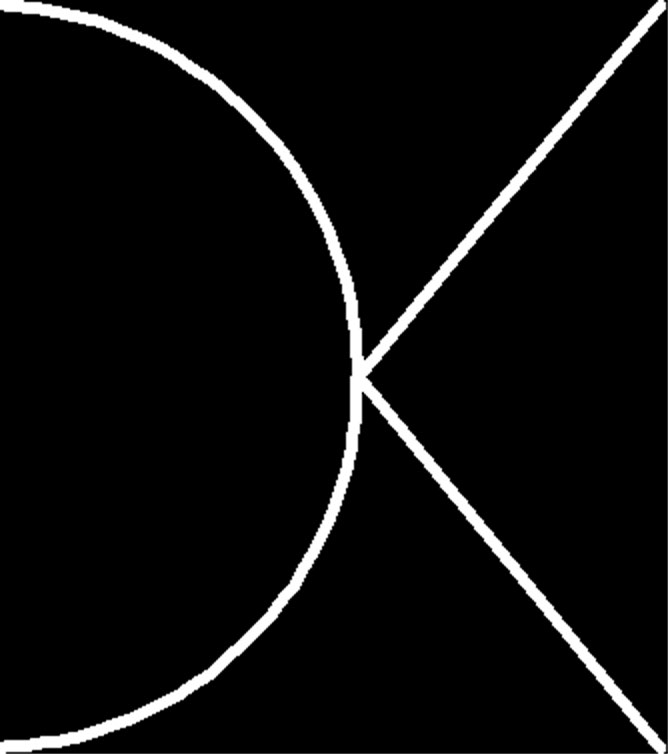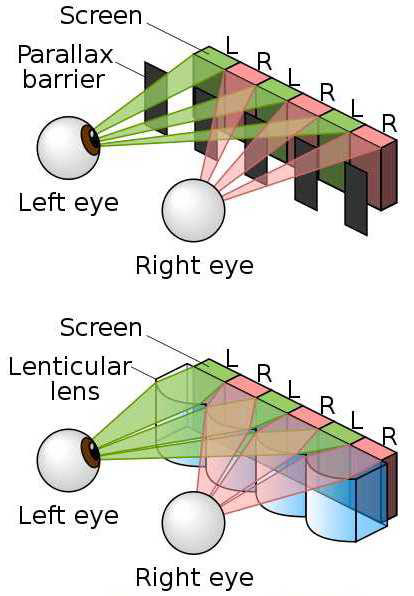|
|
|
Photicular Photicular, also known as Lenticular, or Integrated Photography, was first conceived in the early 20th century, but the basic concept has been around since 1692 when a French painter created paintings that revealed one, and then the other as the observer walked by . The simplest form of it is to cut two images into thin vertical strips and interleave them, placing in front of the composite image a plane of bars, like a picket fence, which only allows one to see one image at a time though the gaps. Instead of bars, lenses can be used, and more than two images - as many as dozens - can be interleaved.
From Wikepdeia With lenses in a vertical direction, the eyes each see from a slightly different horizontal standpoint, which can create a three-dimensional effect. If the lenses are oriented horizontally, both eyes see the same image, but it changes with the angle of elevation of view, creating animation. This is the basis for Motion Viewers, and for "Safari: A Photicular Book". Modern photicular has become a medium size industry, with mostly commercial applications, although there is a core group of artists that work in the medium. For a very detailed history, see Dave Roberts' online piece on the Lenstar site.
|

